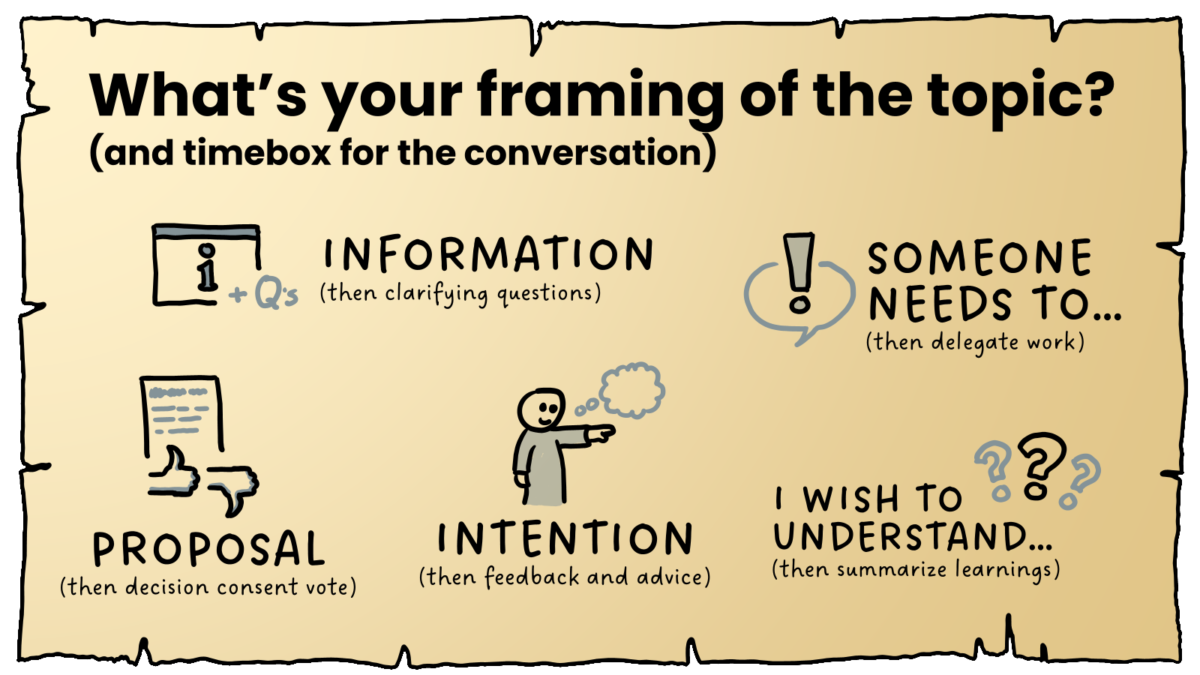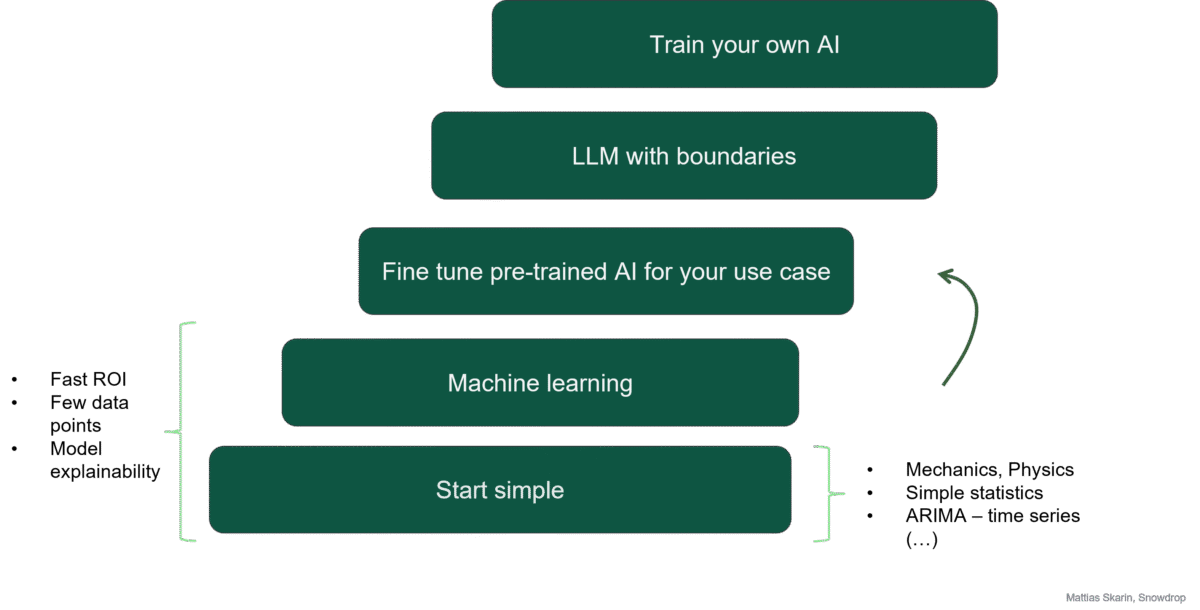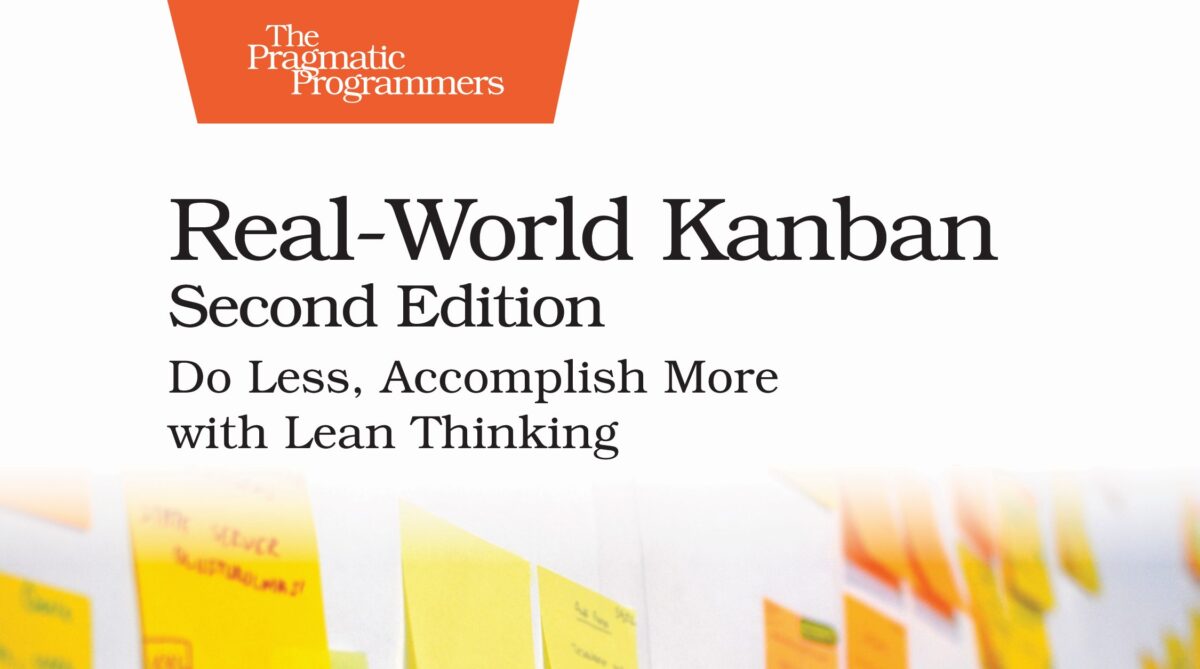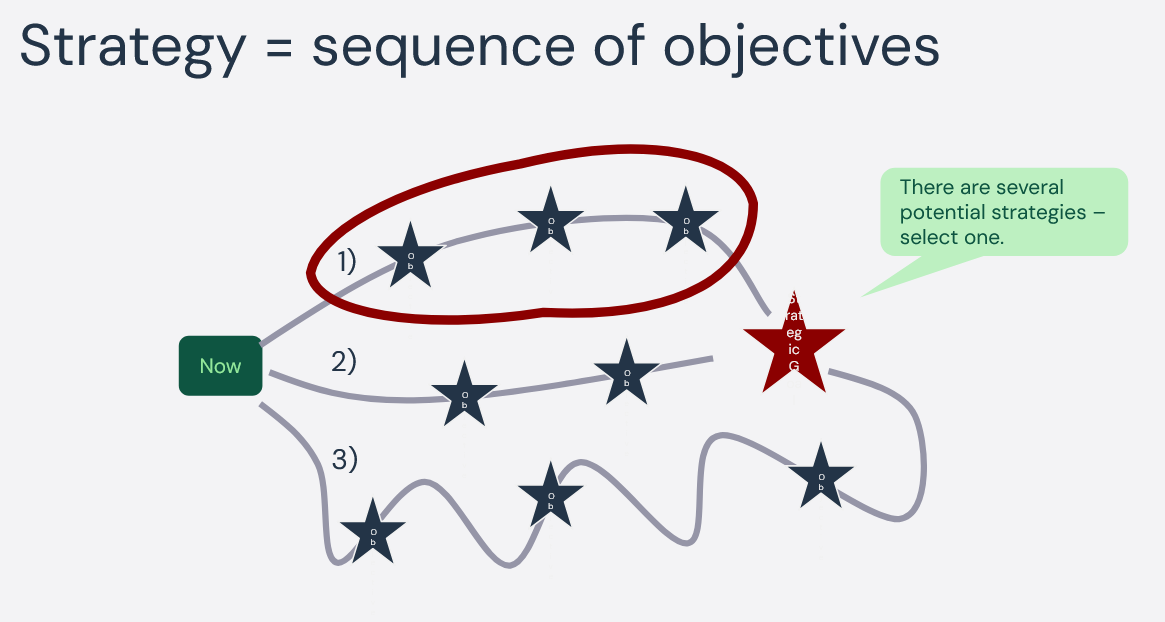Are you struggling with ineffective management meetings or unfocused and unproductive debates during your leadership offsite? Then this simple technique of framing each topic might bring structure, focus and level up your ability as a leadership team to have efficient decision-making.
Sadly, a common naiv approach (which undermines a groups ability to reach a strong outcome or a clear decision) is to briefly state the topic or problem and then invite to an open unfacilitated discussion in the hope that it will result in shared understanding from which an agreement emerges. That’s just wishful thinking. Don’t do it.
Instead, frame each topic before engaging in it.
The technique described below is probably best suited for the weekly management meeting or the leadership offsite. When the group is fairly big (more than 5 people) and there are many important operational and strategic topics to cover.

Start with listing topics
Preferably, before the meeting starts, topics are gathered. If not, start the meeting with making a list of today’s topics. Review the order to make sure you manage to cover the most important ones within the timeframe.
Then…
For each topic, start with declaring framing and timebox
The owner of the topic starts with declaring the framing and a timebox. That same person also acts facilitator for the conversation of that topic.
Timebox
Timeboxing the time spent on any giving topic is a simple and powerful tool. It will help the group have a focused conversation, avoid derailing off on non-related topics and to prevent any topic dominate the whole meeting (robbing valuable time from the other topics further down the list).
The topic owner declares the timebox. For example: 10 minutes, 20 minutes or 40 minutes.
As the facilitator, the topic owner is responsible for keeping track of time and to manage the conversation so that it concludes before the timebox is up.
Framing
Depending on the nature of the topic, the topic owner choose one if the following framings; “Information”, “Proposal”, “Intention”, “Someone needs to…” or “I wish to understand…”
This is preferably done before the meeting starts. If not, it must at least be declared before group engages in the topic. If a person jumps straight into discussions or starts presenting, the group should politely interrupt and ask for a clarification of the framing before continuing.
Frame: Information
A decision has been made. There is a plan. Something has happened. The topic owner presents and explains, and then opens up for clarifying questions from the people in the room.
The objective is to create as much clarity as possible (and to hash out any remaining questions) within the given timebox.
Frame: Proposal
The topic owner presents a proposal. A document describing a plan. A slide deck depicting a new design. A photo of a whiteboard outlining a new team topology. Followed by a short discussion. The group might have suggestions on how to improve the proposal (which the facilitator might choose to include or not). Once the proposal is understood, the group votes using Consent, i.e. the proposal is accepted and decided in the absence of qualified objections. “I don’t like it” is an opinion. “I believe this would be harmful because…” is a qualified objection. An objection that could help the group (or the owner) discover a way to improve on the proposal that mitigates or resolves the qualified objection.
The objective is to reach an agreement on the proposal, accepting it as a decision. Or rejecting it, in which case the owner might choose to bring it up again at a later point after some improvement, changes or maybe a pivot on the idea.
Note: You are of course free to choose another decision-making technique such as Voting or Consensus. Consent happens to be my preferred approach.
Frame: Intention
The topic owner has an intention. Perhaps together with others. They will do something. They will make a choice. They have a plan to act. After presenting the intention, they invite the room to give feedback, offer advice or to challenge. The objective is to help the person with the intention to be smarter and wiser and more successful as he or she executes on their intent.
Frame: Someone needs to…
“I see a problem/opportunity which I would like us to adress!”
The objective is not to get stuck in details or problem solving, but to delegate the work (and possibly decision mandate) to a smaller group. That is, if the group agrees the problem/opportunity deserves attention.
Frame: I wish to understand…
The topic owner asks the group to help him/her understand something better. It could be an incident, a previous decision, the consequence of this, the status of that project, or what others opinion on a specific matter is. The objective is create higher clarity and to share different perspectives.
Other framings?
There are of course other ways to frame a conversation. There are plenty of workshop formats that doesn’t neatly fit into any of the above categories. For example Sprint Retrospectives, Sprint Planning, Design Studio, User Story Mapping, etc. If you have a more elaborate workshop format, use it!
But in the absence of a workshop structure – declare a framing and a timebox!
Summarize
Wrap up the meeting with a summary of decisions made and appointed action points. And I personally also always conclude with a check-out, a round where everyone reflects on the question “What is your personal key take away from today?”.





